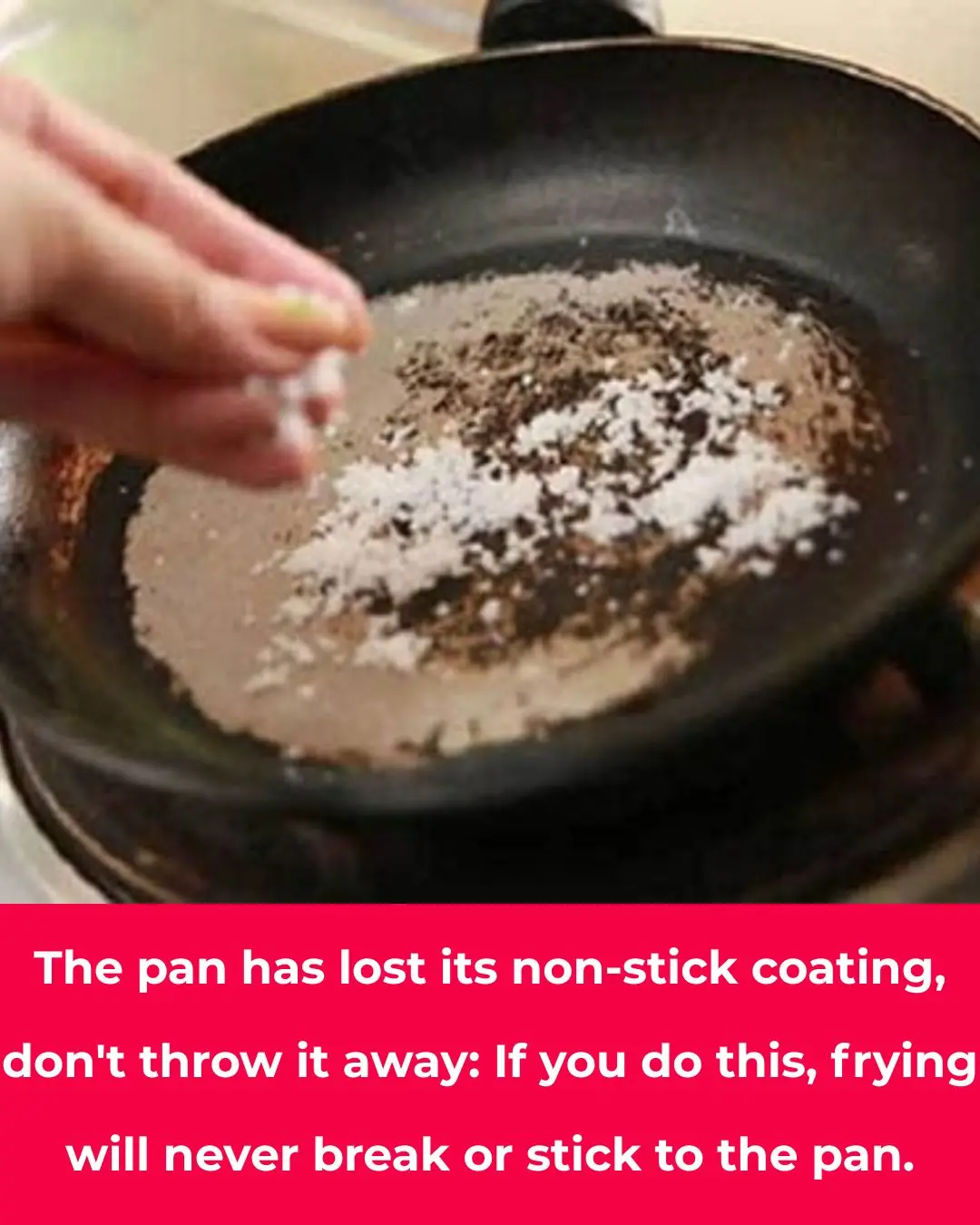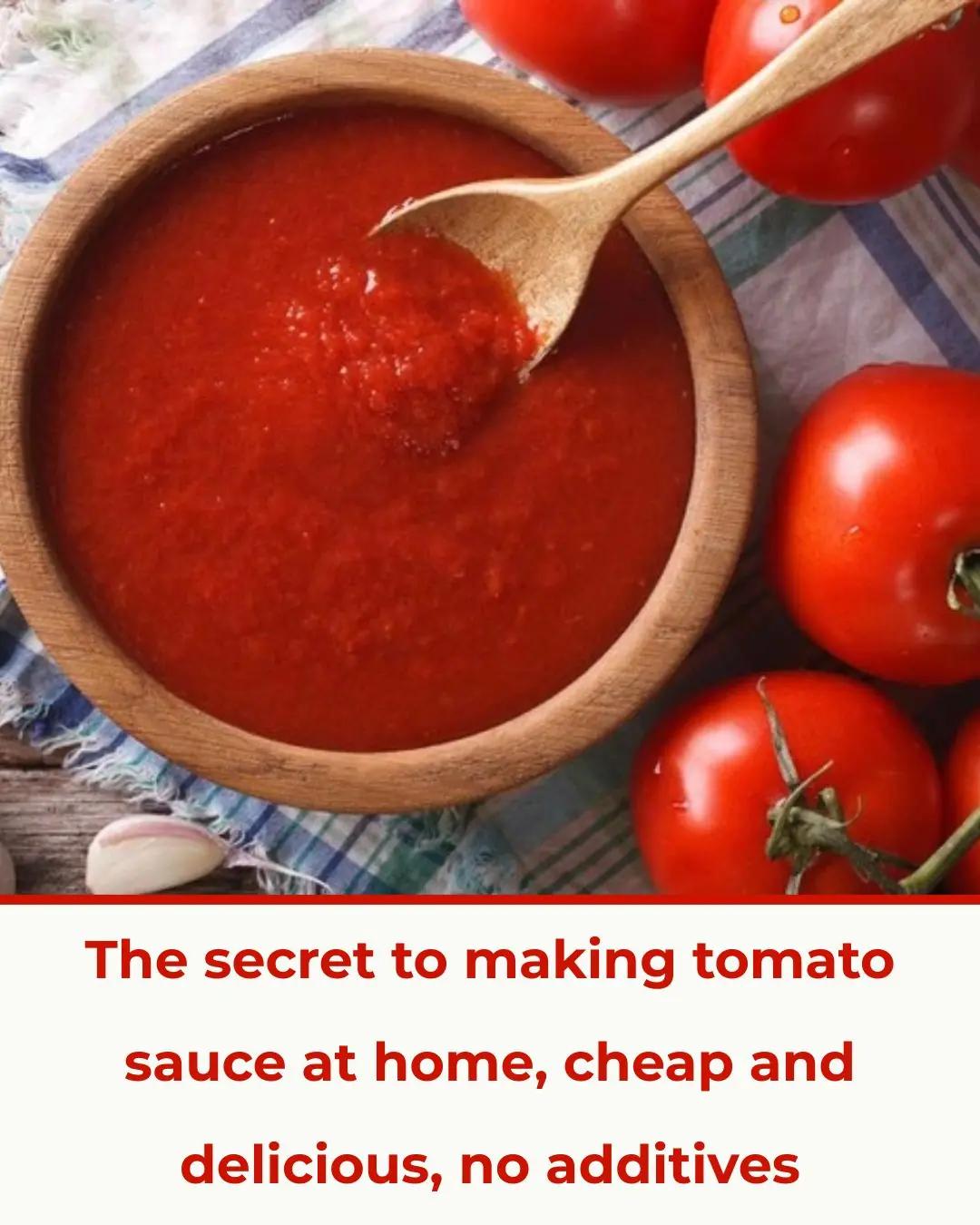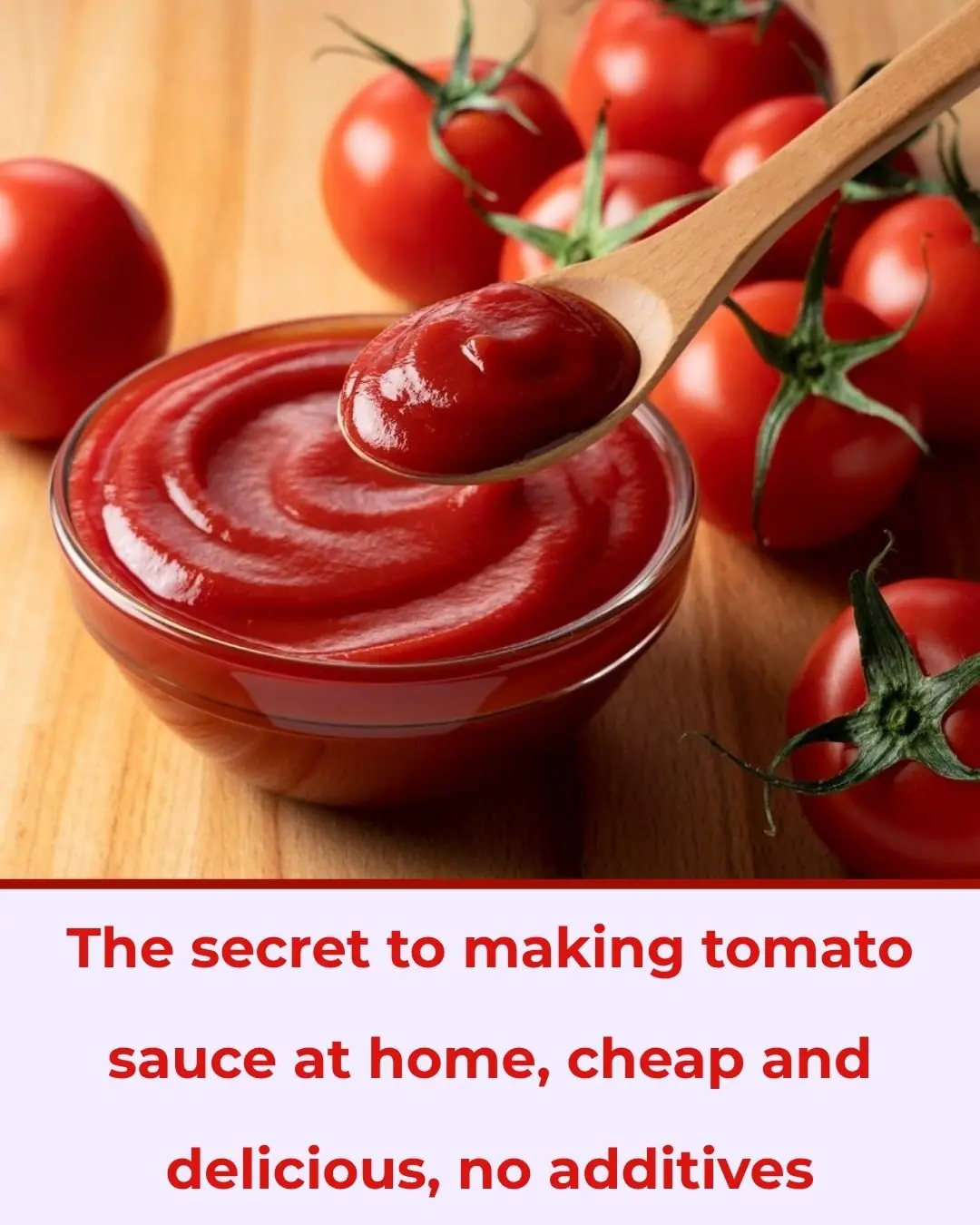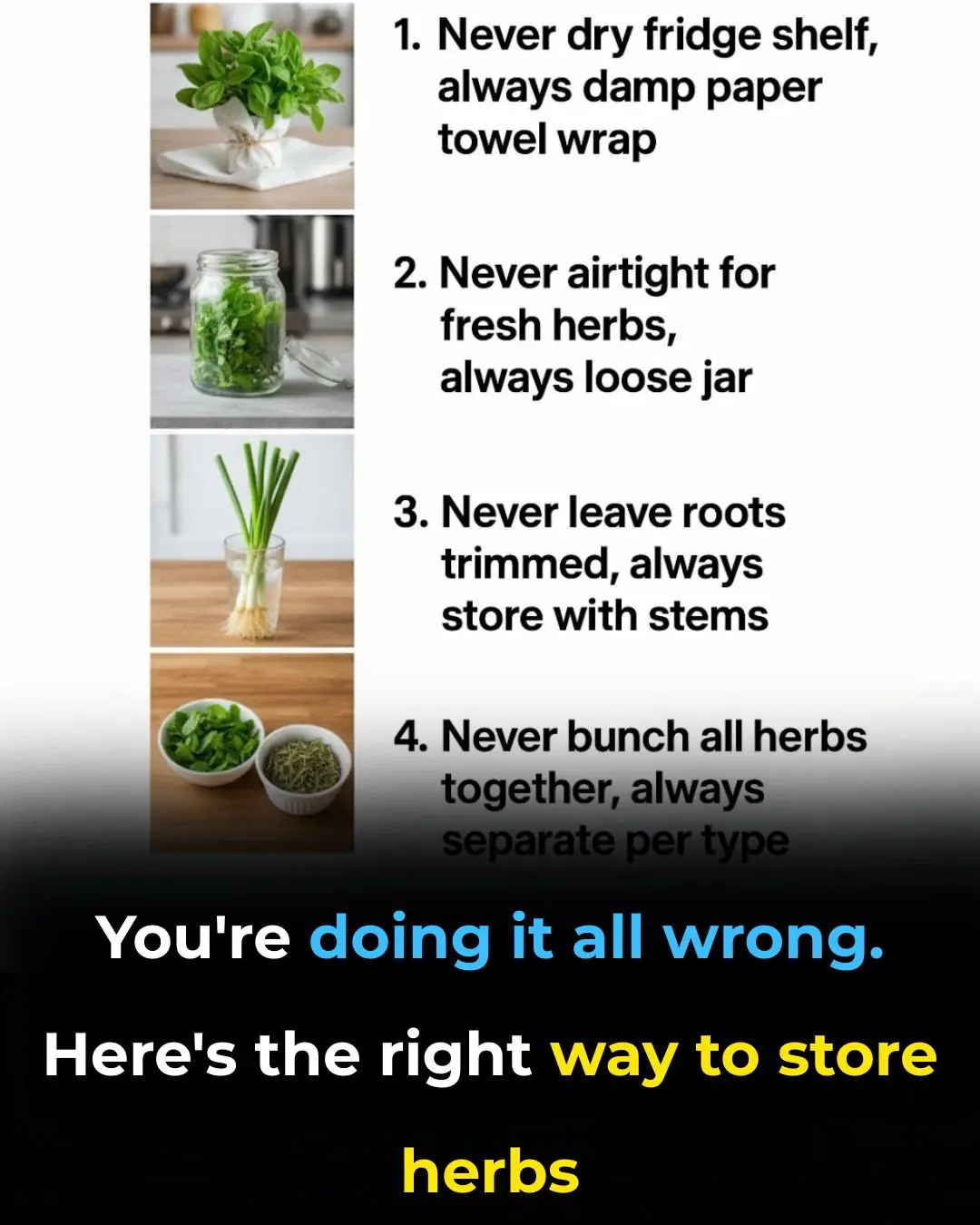
Stop refrigerating these 10 condiments
In the pursuit of food safety and longer shelf life, many people automatically stash a variety of condiments in the refrigerator. While refrigeration is often helpful, not all pantry staples actually benefit from being chilled. In some cases, refrigerating certain condiments can alter their texture or mute their flavors, reducing the enjoyment of your meals.
Knowing which condiments truly need refrigeration—and which thrive at room temperature—can help you optimize your fridge space, reduce waste, and ensure your favorite flavors stay vibrant. Below, we explore 11 condiments that can safely live in your pantry or cupboard, keeping them fresh, flavorful, and ready to use.
1. Soy Sauce: Shelf-Stable Superstar
Thanks to its high sodium content, soy sauce naturally resists bacterial growth. Additionally, the fermentation process used in its production enhances its longevity. When kept in a cool, dark cabinet, soy sauce can maintain peak flavor for up to two years. Refrigeration is unnecessary and may even dull its complex umami profile over time. For optimal taste, store soy sauce in a pantry, away from direct sunlight and heat sources.
2. Ketchup: Pantry-Friendly Favorite
While many people refrigerate ketchup, it can safely be stored in a pantry after opening due to its high acidity, which acts as a natural preservative. Ketchup can last about a month at room temperature without spoiling. If you consume it slowly, refrigeration can help preserve its color and taste over the long term, but for quick use, the pantry is perfectly fine. Pro tip: always keep the lid tightly closed to minimize air exposure, which can affect flavor.
3. Hot Sauce: Keep the Heat Alive
Most hot sauces contain vinegar and salt, making them naturally shelf-stable. Refrigeration can actually mute the vibrant flavors and heat of these sauces. Stored at room temperature, hot sauce typically remains flavorful for up to six months. Sauces with fruit, garlic, or dairy ingredients may require refrigeration, but most standard hot sauces do perfectly well in your pantry, ready to add a punch to any dish.
4. Mustard: Pantry Perfection
Mustard owes its long shelf life to vinegar, which acts as a natural preservative. It can be stored in a pantry for up to two months without issue. While refrigeration extends shelf life, keeping mustard at room temperature makes it easier to spread and maintain its smooth consistency. This applies to yellow, Dijon, and even spicy varieties—just ensure the cap is tightly closed after each use.
5. Honey: Nature’s Preservation Champion
Honey is virtually immortal when it comes to shelf life. Its low water content and acidic pH prevent bacterial growth, making it naturally stable indefinitely. Refrigeration is unnecessary and may cause crystallization, which makes honey harder to pour. Keep honey in a tightly sealed jar at room temperature, and it will stay smooth, sweet, and delicious for years. For easy use, warm it gently in a water bath if it crystallizes.
6. Peanut Butter: No Chill Needed
Natural peanut butter may separate, but refrigeration is not required for safety. In fact, chilling can harden the oils, making it difficult to spread. Store peanut butter in a cool, dry place, and it will stay fresh for about three months after opening. Stir well before each use if natural oils separate on the surface.
7. Olive Oil: Keep It Cool, Not Cold
Olive oil should be stored in a cool, dark place—but never the refrigerator. Cold temperatures can make it cloudy and cause it to solidify, impacting its texture. Properly stored in a pantry, olive oil can stay fresh for up to six months after opening. Using a dark glass bottle helps protect the oil from light, which can degrade flavor and nutrients over time.
8. Vinegar: Naturally Long-Lasting
Vinegar is highly acidic, making it inherently long-lasting. It can be stored indefinitely at room temperature without risk. Flavored vinegars may lose potency over time, but this is a matter of taste rather than safety. Keep vinegar sealed in a cool, dark cabinet, and it will maintain its robust, tangy flavor for years.
9. Maple Syrup: Sweet Room-Temperature Storage
Unopened pure maple syrup can be safely stored in the pantry. Once opened, refrigeration is recommended to prevent mold growth. However, if you consume it quickly—within a month—it can remain at room temperature without issue. For long-term storage, freezing is an excellent option and does not compromise the flavor or consistency of the syrup.
10. Jam: Sugar-Preserved Pantry Staple
Jam and fruit preserves, due to their high sugar content, act as natural preservatives. They can be kept in the pantry for about a month after opening. For those who consume jam slowly, refrigeration helps maintain freshness and color over time. Always use clean utensils to prevent contamination and prolong shelf life.
11. Worcestershire Sauce: Room-Temperature Ready
Worcestershire sauce combines vinegar and molasses, making it naturally long-lasting. It can remain at room temperature for up to a year after opening. Refrigeration is unnecessary and can alter its complex taste profile. Keep the bottle tightly sealed in a cool, dark place for optimal flavor preservation, and your steak sauces, marinades, and Bloody Marys will thank you.
Final Tip: While these condiments can be safely stored in the pantry, always check for changes in smell, taste, or appearance. Properly sealing bottles and jars after each use will maximize their shelf life and keep your favorite flavors intact. By understanding which items truly need refrigeration, you can free up fridge space, reduce waste, and enjoy perfectly seasoned meals every time.
News in the same category


How to cook sticky rice without soaking the rice overnight

The pan has lost its non-stick coating, so don't throw it away

Boil green bananas this way

Why Flight Attendants Often Carry a Banana on Board: The Surprising Benefits

Don’t Toss Your Lemon Peels! 8 Smart Ways to Save Money and Make Life Easier

Why Sleeping in Socks Might Be the Secret to Better Sleep

The secret to making your own tomato sauce at home

Throat Pain Leads to a Shocking Diagnosis: Man Discovers Late-Stage Stomach Cancer and Blames Two Hidden “Culprits” in His Kitchen

2 Signs of Kidney Damage: Morning Urine Showing These Signs Means You Should See a Doctor Immediately

Saw This Trick For Oven Cleaning

The secret to making tomato sauce at home, cheap and delicious, no additives

The garden has 4 plants. Rắn mê loves them so much, but if you want the whole family to be safe, you should pull them out immediately.

Stop cleaning with these 10 kitchen mistakes

Tips to help hair grow faster, reduce hair loss, and make it shiny by washing your hair with beer

Put an empty plastic bottle in the washing machine, I admit the person who came up with this trick has a "top notch" IQ

Too many geckos in the house, here's a little trick to make them 'go away and never come back'

You're doing it all wrong. Here’s the right way to store herbs

You’re doing it all wrong. Here’s the right way to dust furniture
News Post

The Golden Morning Elixir That Melts Joint Pain Like Butter – One Cup Daily Unlocks Pain-Free Movement in Just Days!

The mop soaks this into the water.

4 Ways To Erase Age Spots with Baking Soda for Youthful Even Skin

How to cook sticky rice without soaking the rice overnight

The pan has lost its non-stick coating, so don't throw it away

After receiving the ashes of a deceased person, you should know this...

🔧 What the Little Button on Your Seat Belt Really Does – A Tiny Feature With a Big Purpose 🚗✨

The one thing 98.7% of people do to lower blood pressure without medication

Boil green bananas this way

Why Flight Attendants Often Carry a Banana on Board: The Surprising Benefits

Turmeric dosage: this is how much turmeric you actually need to eat for arthritis, cancer and other diseases

Don’t Toss Your Lemon Peels! 8 Smart Ways to Save Money and Make Life Easier

Why Sleeping in Socks Might Be the Secret to Better Sleep

The 1-cup bedtime drink that stops you from waking up at 3 AM

How to Use Guava to Care for Your Eyes: Natural Remedies That Surprise 🌿

The secret to making your own tomato sauce at home

Why Hot Dogs and Processed Meat Might Be the Most Dangerous Foods of All Time

Can you eat moldy food? Here’s what you MUST throw out.

Cancer hates these 6 fruits—eat them to fight back!
